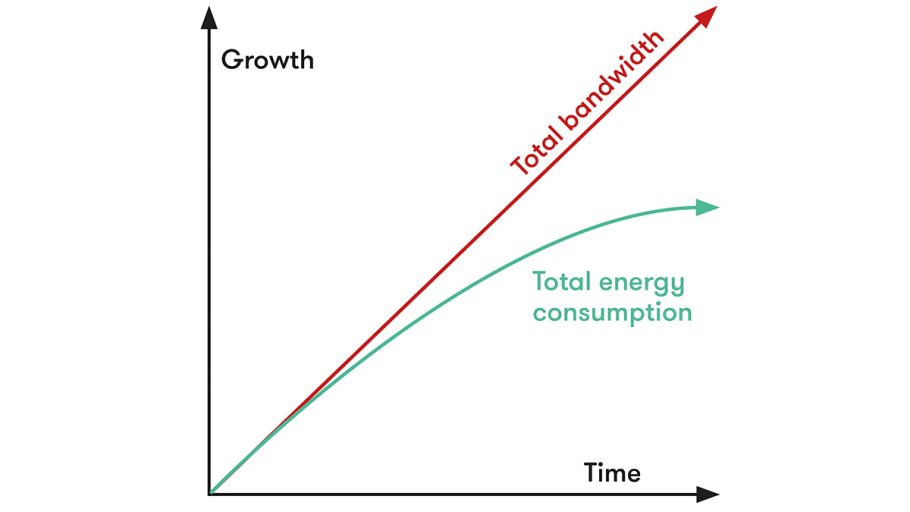One part of the global Internet many people are unaware exists is the mesh of over 400 active submarine cables that lie upon seabeds and carry over 99 percent of all intercontinental communications traffic and over 10 trillion USD of transactions daily. Importantly, there’s no “Plan B” for submarine cables—there’s no alternative for these undersea marvels of electrical, mechanical, and chemical engineering. No contingency plan makes them critical infrastructure to nations around the world, and for very good reason.
Submarine cables are about the size of a garden hose and can span over 10,000 kilometers for transpacific routes. To transport information successfully over them, optical amplifiers (still erroneously referred to as “repeaters,” for historical reasons) are spaced roughly every 80km or so to boost optical signal power. Submarine Line Terminal Equipment (SLTE), situated on land, houses modems that transmit and receive the information sent over the submarine cable networks. To achieve connectivity, the undersea optical amplifiers and terrestrial SLTE are electrically powered—which creates a growing CO2 footprint that must be addressed.
Energy Consumption Cannot Scale Linearly with Bandwidth
Industry analysts at TeleGeography forecast that global international bandwidth usage is expected to grow at a compounded annual growth rate (CAGR) of 33 percent between 2022 and 2029, roughly doubling every 2.5 years. With no Plan B on the technology horizon to replace submarine cable networks—based on existing fiber-optic transmission technology, at least until the next eureka moment—we must as an industry continually innovate upon what we’ve been doing since the 1990s when Erbium-Doped Optical Amplifiers (EDFA) and Dense Wavelength Division Multiplexing (DWDM) technology was adopted and adapted from terrestrial networks to the unique challenges of submarine networks and their much longer distances. The carbon footprint of submarine cable networks that address this ongoing growth in bandwidth demand simply cannot scale linearly in terms of electrical consumption from social, economic, and environmental perspectives.

Sustainable Submarine Networks
Sustainability involves far more than just the electrical energy consumed by submarine cable networks. The United Nations has put forth 17 sustainability development goals, and the one I’ll cover is Climate Action (goal 13), which aims to “take urgent action to combat climate change and its impacts.” From a telecom perspective, the main aspects to address are related to (1) energy efficiency, (2) carbon footprint, and (3) lifecycle, which receive most stakeholder attention today—and rightfully so, in my mind.
ABOUT THE AUTHOR
Brian Lavallée is Senior Director of Submarine Network Solutions at Ciena. He has over 20 years of telecom experience across product line management, research & development, marketing, systems engineering, and operations.



